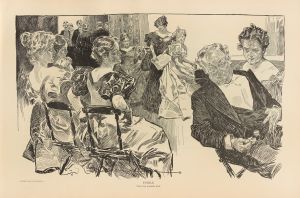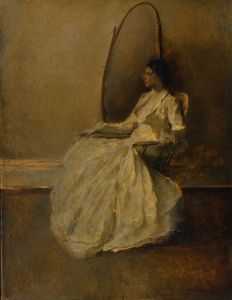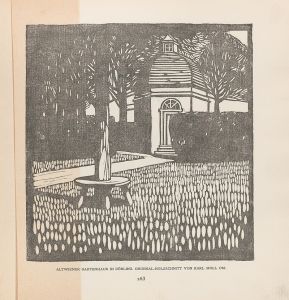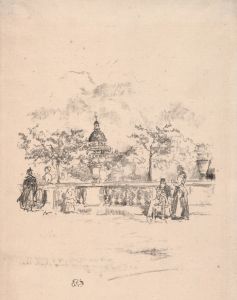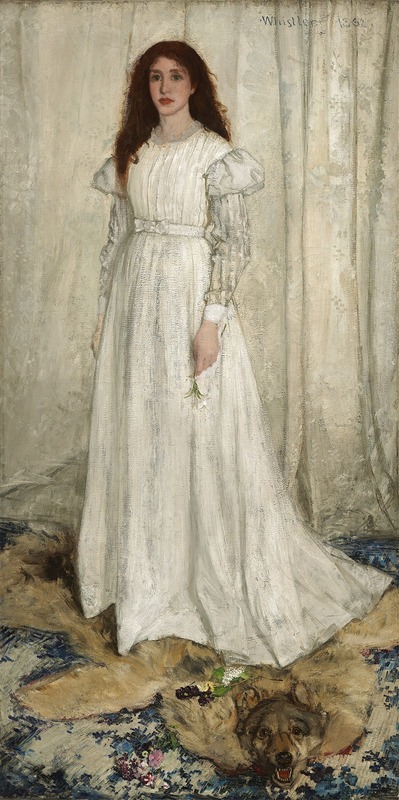
Symphony in White,No. 1 – The White Girl
A hand-painted replica of James Abbott McNeill Whistler’s masterpiece Symphony in White,No. 1 – The White Girl, meticulously crafted by professional artists to capture the true essence of the original. Each piece is created with museum-quality canvas and rare mineral pigments, carefully painted by experienced artists with delicate brushstrokes and rich, layered colors to perfectly recreate the texture of the original artwork. Unlike machine-printed reproductions, this hand-painted version brings the painting to life, infused with the artist’s emotions and skill in every stroke. Whether for personal collection or home decoration, it instantly elevates the artistic atmosphere of any space.
"Symphony in White, No. 1: The White Girl" is an oil painting by the American-born artist James Abbott McNeill Whistler, completed in 1862. This work is one of Whistler's most famous early paintings and is notable for its exploration of color, form, and composition, which marked a departure from the narrative-driven art of the time.
The painting features a full-length portrait of a woman dressed in a flowing white dress, standing against a similarly white backdrop. The model for the painting was Joanna Hiffernan, who was Whistler's mistress and frequent muse. Her red hair provides a striking contrast to the otherwise monochromatic palette. The painting is characterized by its subtle gradations of white and the delicate rendering of textures, such as the fabric of the dress and the fur rug at her feet.
Originally exhibited at the Royal Academy of Arts in London in 1862, the painting was initially titled "The White Girl." It was met with mixed reviews, as its lack of a clear narrative or moral message was unconventional for the period. Critics were divided, with some praising its aesthetic qualities and others questioning its meaning. The painting was later shown at the Salon des Refusés in Paris in 1863, an exhibition organized for works rejected by the official Paris Salon. Here, it garnered significant attention and contributed to Whistler's growing reputation in the art world.
Whistler's choice of the title "Symphony in White, No. 1" reflects his interest in the aesthetic movement and the idea of "art for art's sake." By using musical terminology, Whistler emphasized the painting's formal qualities over any narrative content, suggesting that the arrangement of colors and forms was akin to a musical composition. This approach was influential in the development of modern art, as it shifted the focus from storytelling to the visual experience itself.
The painting is often discussed in the context of Whistler's broader body of work, which includes other "symphonies" and "nocturnes" that similarly explore the interplay of color and form. "Symphony in White, No. 1" is considered a precursor to Whistler's later works, which further developed these themes and solidified his place as a key figure in the transition from realism to modernism.
Today, "Symphony in White, No. 1" is housed in the National Gallery of Art in Washington, D.C. It remains a significant example of Whistler's innovative approach to painting and continues to be studied for its contribution to the evolution of art in the 19th century. The painting's emphasis on aesthetic beauty and its challenge to traditional artistic conventions make it a landmark work in the history of Western art.









